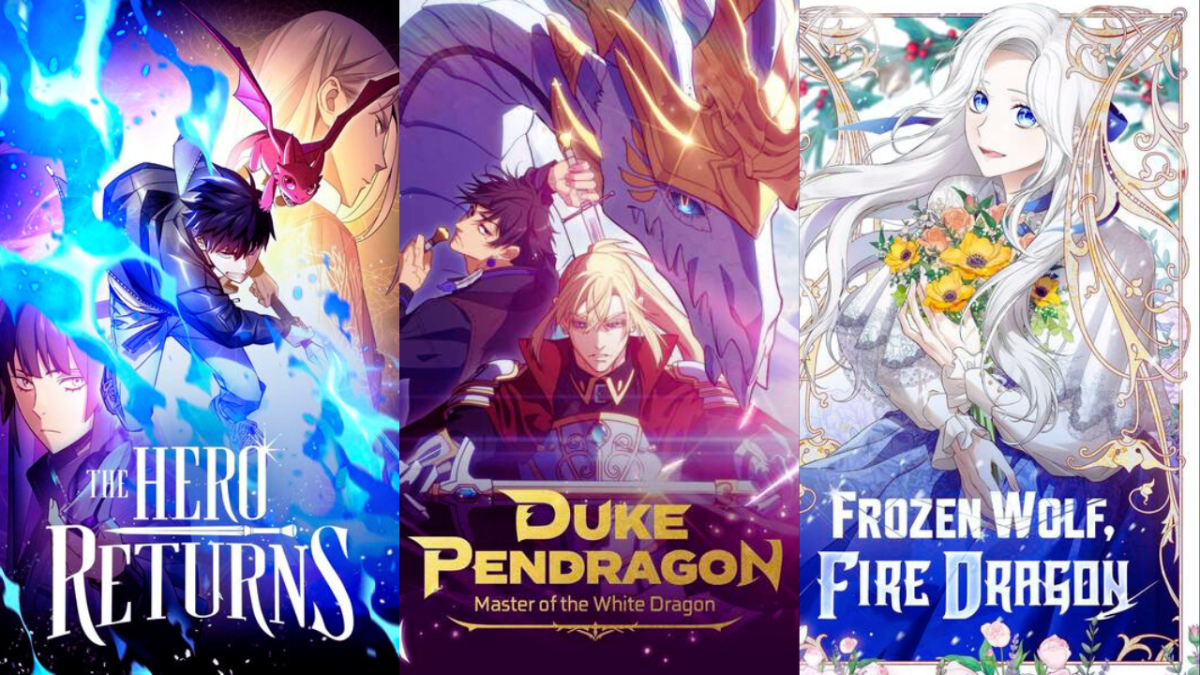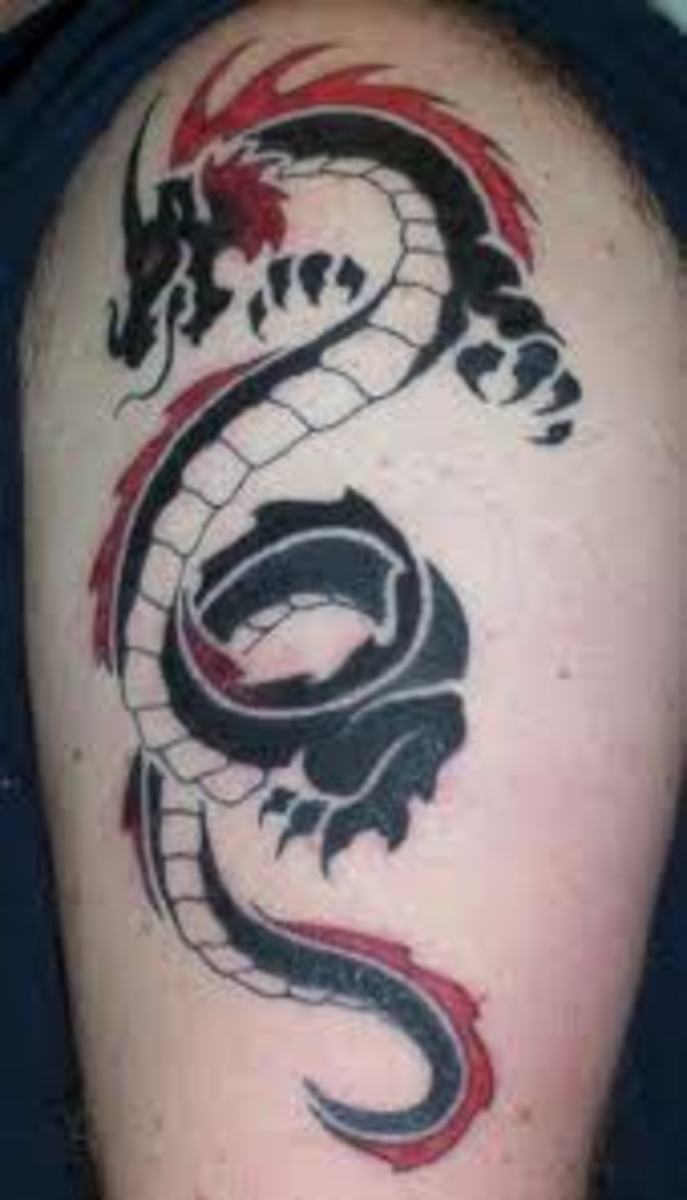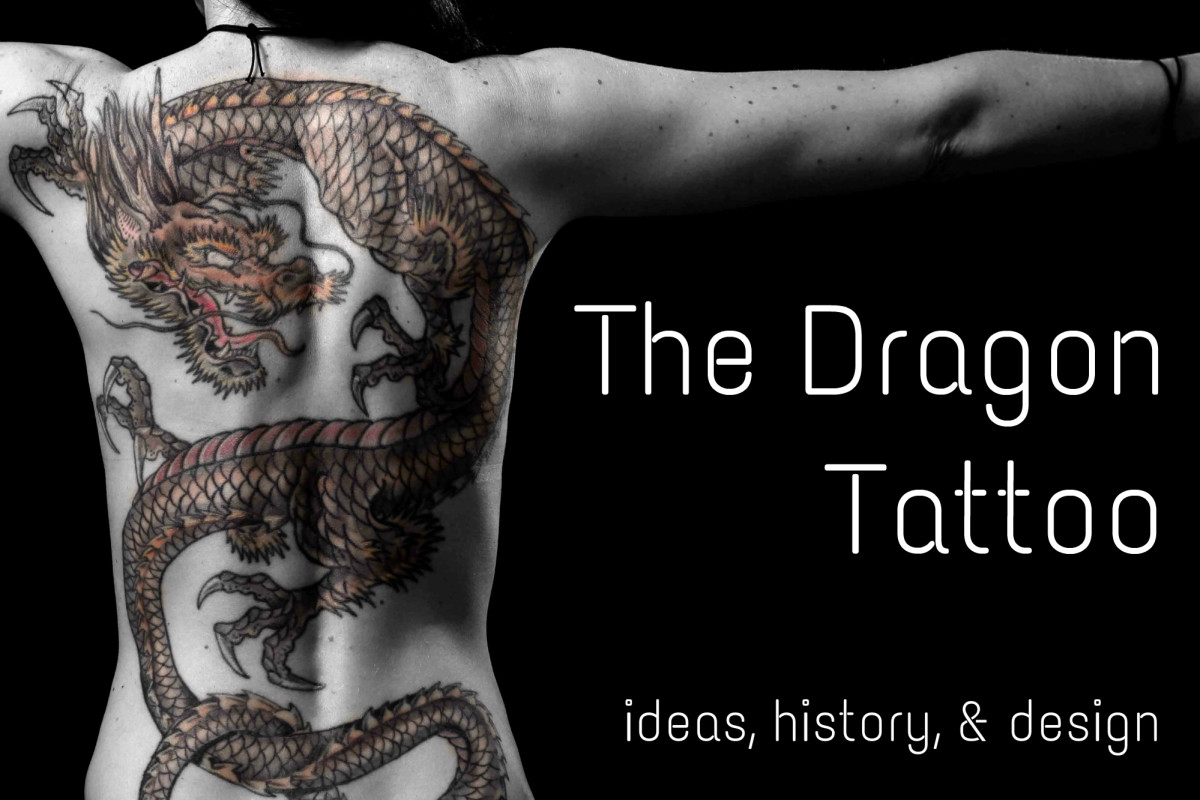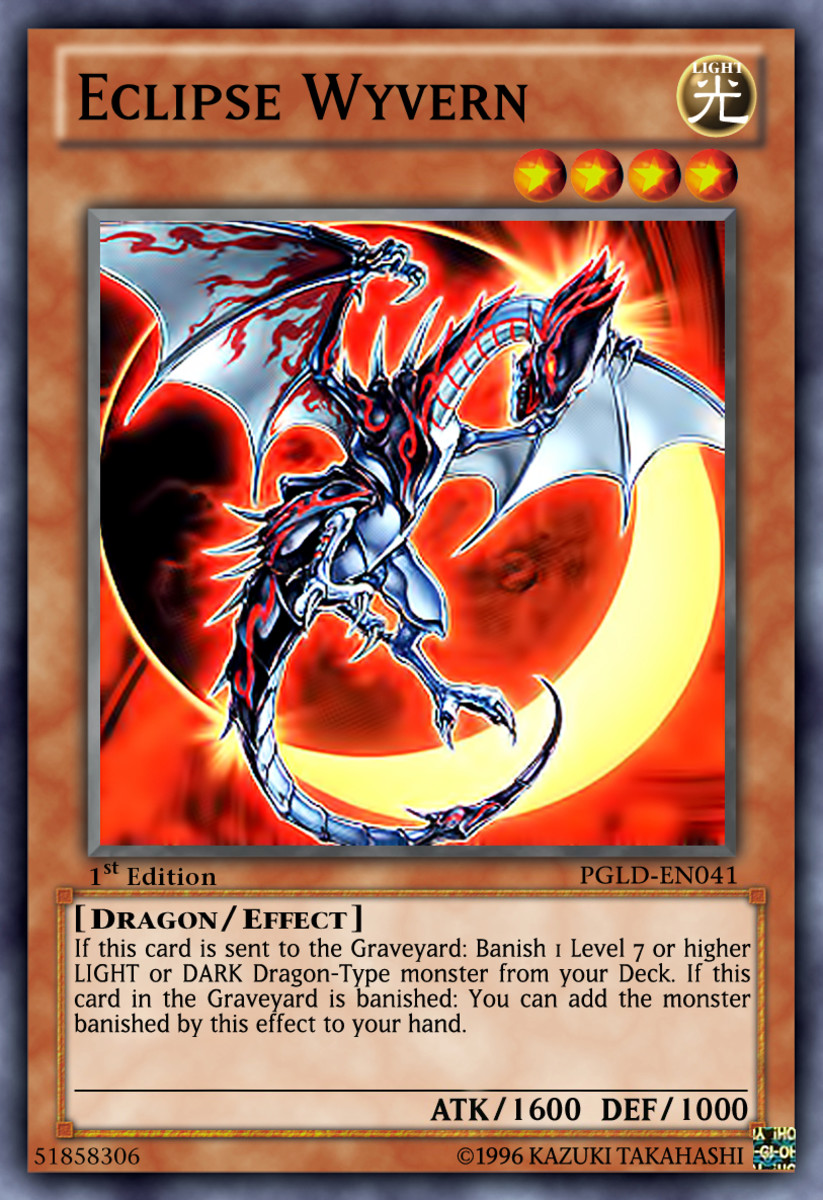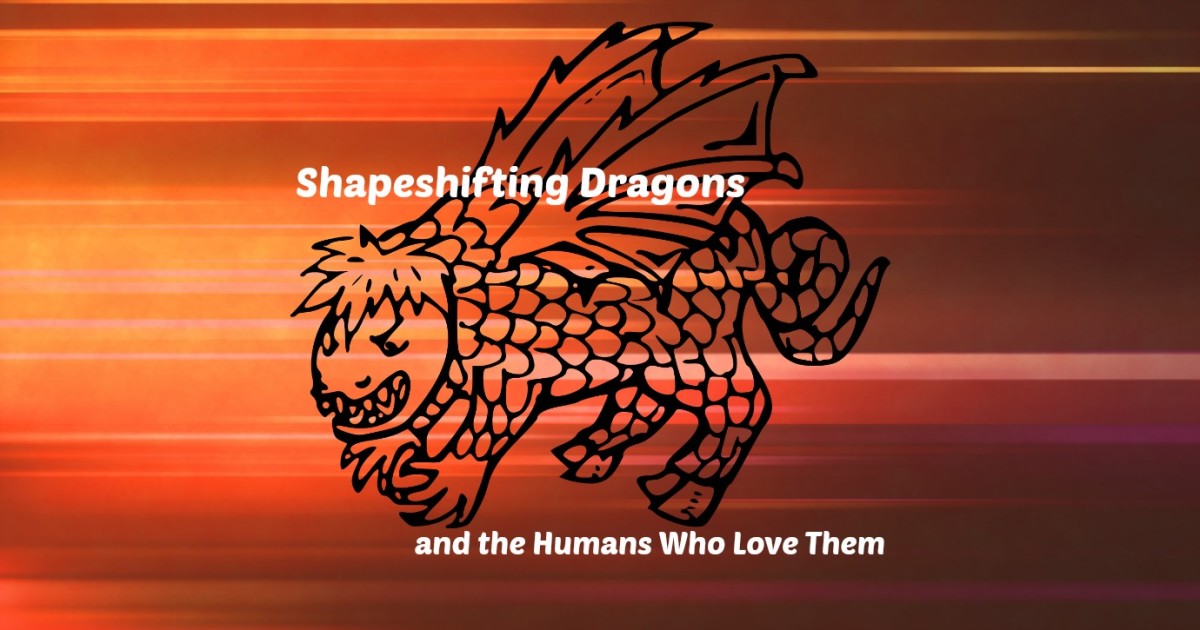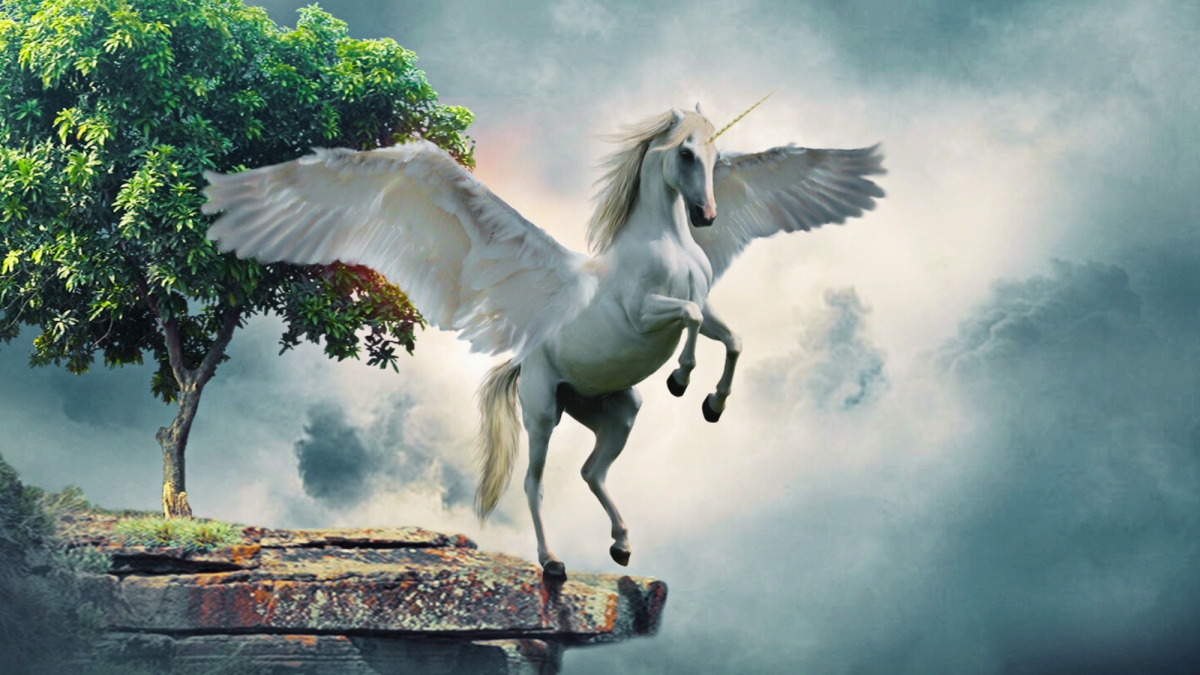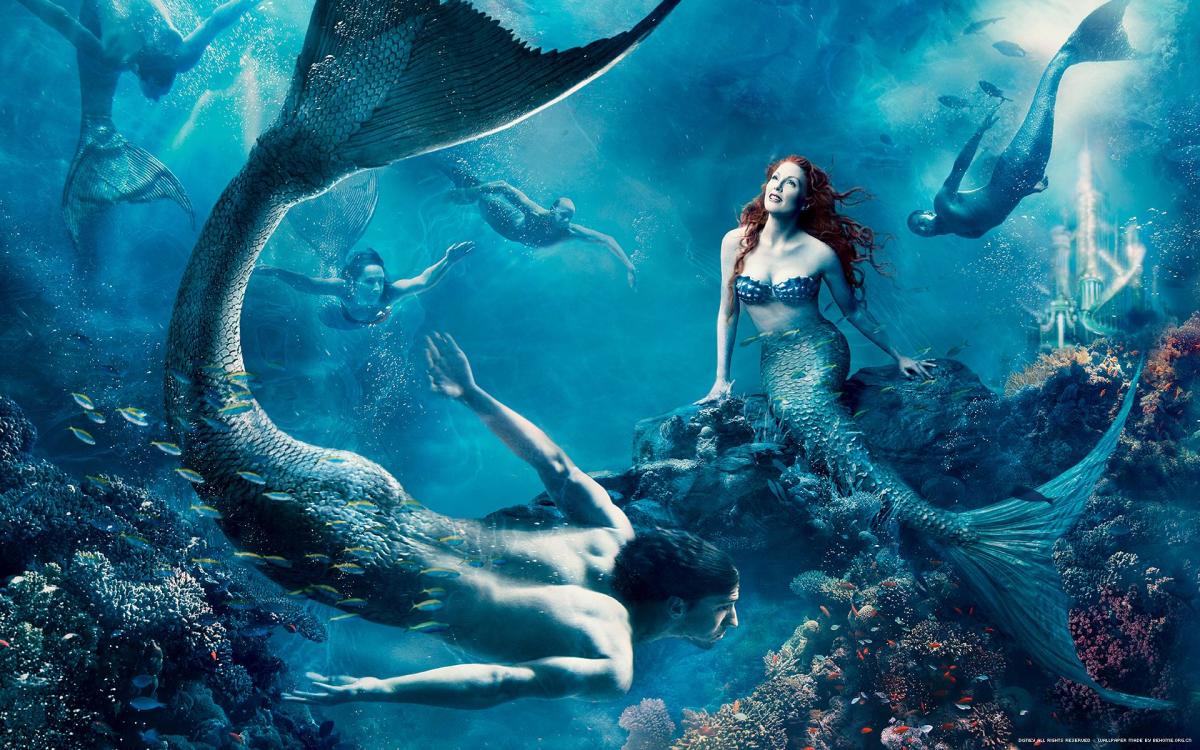- HubPages»
- Education and Science»
- Sociology & Anthropology»
- Folklore & Mythology»
- Legendary Creatures & Cryptids
How The Modern Dragon Subverts Ancient Myth
We Know What A Dragon Is, Right?
If you ask pretty much anyone in the west who reads, they know what a dragon is. It's got four legs and wings. It breathes fire, or possibly something else like sound or ice. Oh, and although it's a ferocious fighter when provoked, it's loyal to its human partner and companion. The two work together, possibly as equals, possibly with one or the other in charge.
Let's put the brakes on here and examine how this image of the dragon came about, because it is not what a dragon was to our ancestors. Not at all.
Enemies of the Gods
In older western myths, dragons are enemies of the gods. The only resemblance they have to the modern fantasy dragon is appearance - four legs, two wings, breathed fire.
In most of these situations, dragons show up as enemies of God or the gods. It is no accident that Saint George, an agent of God, slays the dragon that is laying waste to the countryside. In Christian mythology, Satan tempted Eve in the form of a 'serpent', but images of the scene often show Satan as a dragon rather than a snake.
In Norse mythology, the dragon is a symbol of greed. The dwarf Fafnir becomes so engrossed in greed that he turns into a dragon and is eventually slain.
Throughout European history, dragons are monsters, associated with the blackest of evil. They demand sacrifices of wealth and sometimes of innocent young women. How, then, did these enemies become the elegant modern companions of men?
Early Modern Takes On The Dragon
In 1937, The Hobbit was published, starting a new era in fantasy literature. Most people know the story. The innocent hobbit, Bilbo, travels with the dwarves to retake their kingdom from the 'great wyrm' Smaug.
This, then, is the first dragon in modern fantasy literature, and he is just like all the ones in the past. Cunning rather than intelligent, extremely greedy and, in the end, a victim of both trickery and heroism. The destruction of the dragon is essential if the dwarves are to regain their home and Bilbo is to go home a rich hobbit.
In the 1950s, C.S. Lewis also took on the dragon myth. In The Voyage of the Dawn Treader, he introduces the character of Eustace - a spoiled, greedy, brat. Eustace falls asleep in the den of a dead dragon, wishing he could carry the dragon's horde...and wakes up as a dragon (more or less what happened to Fafnir). He remained trapped in dragon form until he realized what a horrible person he was.
So, once more, the dragon is the symbol of greed. Nothing has changed.
The First Gentle Dragons
In 1899, E. Nesbit produced a compilation of dragon stories, some of which featured good dragons. The first dragon story for adults that contained a good dragon, however, was 'Miss Cubbidge and the Dragon of Romance' by Lord Dunsany.
No longer did the dragon carry the maiden off to eat her. No, this dragon is lonely - and so is the woman, and he takes her to his lair simply to keep him company.
A 1936 poem by Ogden Nash, The Tale of Custard the Dragon, also has a dragon carrying off a maiden - in this case he's rescuing her from an evil knight.
And, of course, there is Puff, The Magic Dragon, who first appeared in 1959. With the exception of Puff, though, most people have forgotten these early dragons. And, although the dragons carry off the maidens for benevolent reasons, the dragon rider has yet to enter the picture.
Carried Off By The Dragon...Rider?
In 1967, Analog magazine published a novella by a young woman named Anne McCaffrey. That novella was called 'Weyr Search' and won the inaugural Hugo for the novella form...the first Hugo won by a woman.
A year later, McCaffrey extended the novella into a novel and released it as 'Dragonflight'.
Just like 'Miss Cubbidge and the Dragon of Romance', 'Dragonflight' took the myth of the maiden carried off by the dragon and reversed it.
The maiden was a princess forced to be a kitchen worker and the land was being laid waste to by an evil Lord. Instead of the dragon coming after the maiden and the knight saving her, the two were rolled in together. The knight (albeit without shining armor) arrived riding the dragon and carried the woman off to a better life, a position of power and (McCaffrey being a romance writer at heart) a happily ever after with him.
In this world, being carried off by a dragon, while dangerous, was the best thing that could happen to a maiden. And as the dragons of Pern were developed, it was revealed that they were literally genetically programmed to be incapable of harming humans or surviving without their bonded riders. But they still breathed fire...and their entire purpose was to fight an enemy that would otherwise 'lay waste to the land'.
(Perhaps it is not a coincidence that there are no gods on Pern, however, echoing the fact that dragons and gods are historically opposed).
Dungeons & Dragon(Lance)
In 1974, the first D&D game was produced. This led to the entire modern gaming community (although if it had not been D&D, it would probably have been something else).
Of course, D&D stands for Dungeons & Dragons. In the early versions of the game, dragons were seen as the ultimate opponent for the beleaguered player characters. Large, powerful, possessed of elemental powers and often capable of casting spells, dragons were something you did not want to meet.
As Dungeons & Dragons expanded, however, several side worlds were created. One of these was Dragonlance, the work of Tracy Hickman and Margaret Weis. In Dragonlance, dragons came in both evil and good varieties. And guess what? Yup, they had riders, in this case mortals graciously permitted by the dragons (who could take human form) to assist them in battle by riding on their backs and fighting with them. As gaming became more popular, this image of the dragon, too, slipped into the popular imagination. Whether Weis and Hickman were directly inspired by McCaffrey...is something you would have to ask them.
Wither Dragons?
Now, it is hard to find a dragon that is not clearly inspired by Pern or possibly Dragonlance. The Eragon series focuses on dragonriders.
Naomi Novik's Temeraire series (which I highly recommend) involves the Napoleonic war. With dragons. And, of course, dragonriders (in this series called dragon Captains, as dragons are so large they fight with a full crew).
Mercedes Lackey took a different take on dragons with her Joust series, creating dragons that were simply intelligent animals and focusing on the conflict between those who would break a dragon's spirit and those who were developing more humane methods of training.
But I cannot think of a single book written in the last two or three decades in which dragons are not at the very least neutral, if not actively benevolent. In this case, an ancient myth has been completely subverted by modern literature.

